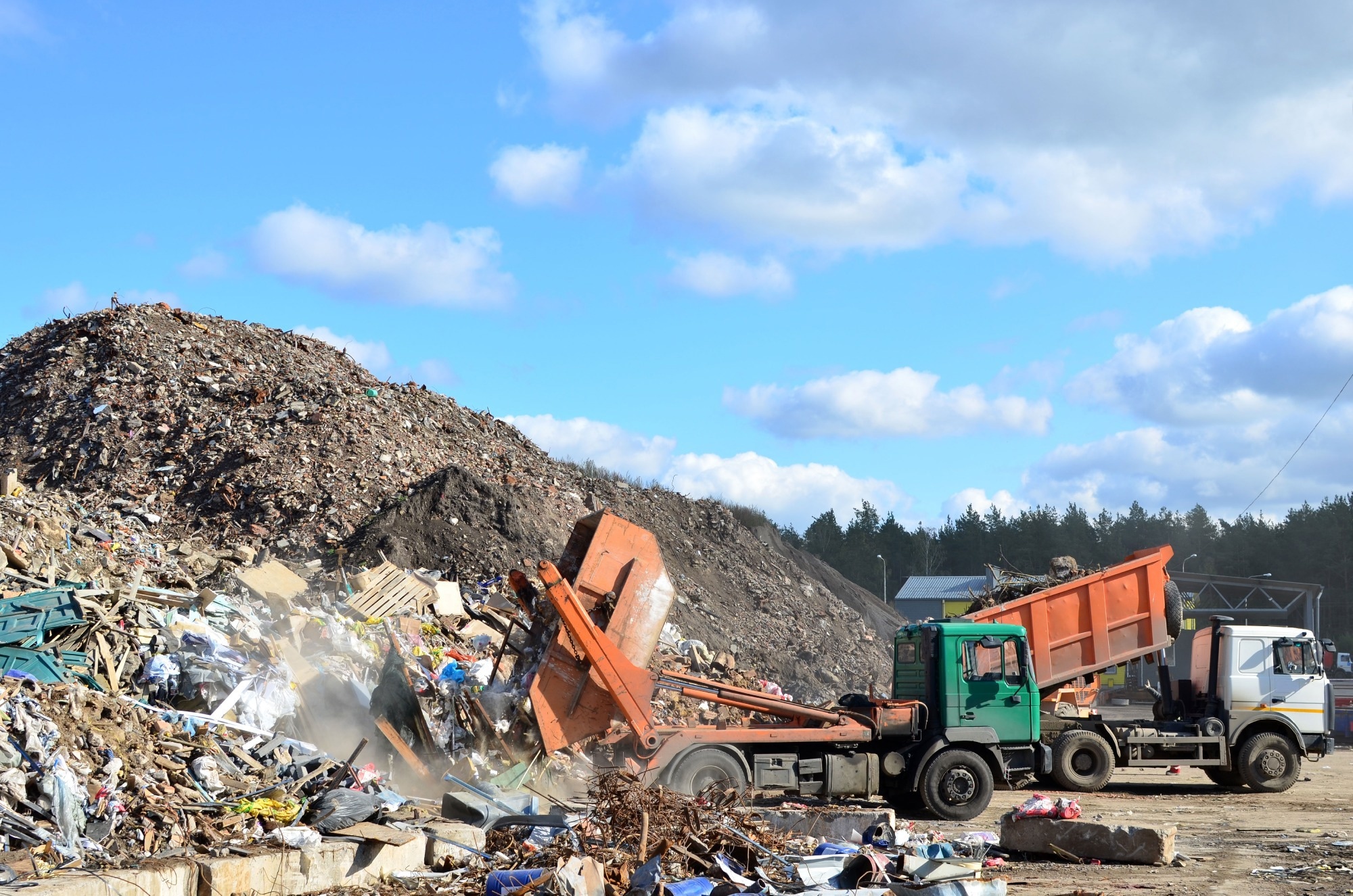 By Nidhi DhullReviewed by Susha Cheriyedath, M.Sc.Jul 25 2024
By Nidhi DhullReviewed by Susha Cheriyedath, M.Sc.Jul 25 2024A recent article published in Scientific Reports investigated the variation in the modulus of elasticity (MOE) of concrete by partially substituting sand and cement with wood ash (WA), sand with crumb rubber (CR) or crushed glass (CG), and gravel with CG.
 Study: Effects of recycled waste on the modulus of elasticity of structural concrete. Image Credit: Maksim Safaniuk/Shutterstock.com
Study: Effects of recycled waste on the modulus of elasticity of structural concrete. Image Credit: Maksim Safaniuk/Shutterstock.com
Background
Concrete is the construction industry’s most utilized material, significantly influencing the modern built environment despite its large carbon footprint. Thus, recycled waste is combined with concrete to decrease natural resource consumption, CO2 emissions, and the overall environmental impact of the construction industry.
Using recycled waste aggregates in concrete also offers an eco-friendly and cost-effective route to managing waste that would otherwise end up in landfills. For example, old tires, which take at least a century to disintegrate naturally, can be ground into CR and incorporated into concrete.
Glass is another non-biodegradable but completely reusable material. Waste glass exhibits chemical and physical properties similar to sand and is, thus, feasible to add to concrete. In addition, recycled concrete (RC) aggregates produced from construction and demolition waste can be used in fresh concrete production.
WA, a typical byproduct of electricity generation from timber biomass, has enormous potential as an activator and a pozzolanic mineral additive in cementitious materials. Thus, this study examined the advantages and limitations of replacing standard ingredients with CR, WA, RC, and waste glass in concrete.
Building a Greener Future: Sustainable Construction Materials
Methods
In this study, the waste components incorporated into the concrete mix were sourced locally. WA was obtained from a wood bakery, while finely crushed glass (FCG) was prepared from trashed bottles. Additionally, CR was obtained from used tires, and RC was prepared by crushing demolished concrete components.
Sieve analysis was performed on the coarse and fine aggregates to ensure that grain size distribution was within the standard limits. The particle size distribution of CG and RC was similar to that of gravel. Subsequently, over 65 concrete mix designs were prepared using different combinations of waste materials. In these mixes, cement was replaced by WA, natural sand (NS) by CR/FCG/WA, and gravel by CG/RC aggregates.
A control concrete mix was also prepared using sand, cement, gravel, and water. The water-to-binder ratio was kept constant at 0.5 in all concrete mixes. Three cylindrical specimens of size 150´300 mm2 were cast for each mix and each experiment according to the applicable standards. Their compressive strength was analyzed after 28 days of curing to derive MOE values for each prepared concrete design. Additionally, MOE was determined using a compressometer and ultrasonic pulse velocity tests.
Results and Discussion
The varying proportions of WA, CR, FCG, CG, and RC aggregates in the concrete mix demonstrated different influences on its compressive strength and MOE.
The 28-day compressive strength of the concrete decreased as the amount of WA-replaced cement increased, though a 5 % replacement of cement with WA yielded satisfactory results. Conversely, replacing 5 % of sand with CR led to a significant 50 % reduction in compressive strength compared to the control mix. In contrast, replacing up to 40 % of gravel with RC reduced the concrete's strength, but higher replacement ratios actually improved it.
Combining two or three waste materials yielded better performance. For instance, 20 % replacement of sand with WA and 100 % gravel with RC enhanced the concrete strength. Moreover, replacing 2 % sand with CR, 2 % cement with WA, and 5 % gravel with CG yielded optimal concrete strength; however, it was 7.83 % less than the control mix.
The MOE values showed trends similar to those observed for compressive strength when using waste materials in concrete. A 5 % replacement of cement with waste aggregate (WA) significantly reduced the MOE, although it remained stable up to a 20 % replacement level. Replacing sand with CR resulted in the greatest MOE reduction, with a decrease of up to 50 % at a 20 % replacement level. Conversely, using WA to replace 5 % of cement and 20 % of sand produced MOE values comparable to those of the control mix.
However, combining CR with CG or CR with RC decreased the MOE, exhibiting inconsistent values across the three methods used. Alternatively, replacing sand with 100 % RC and 20 % WA exhibited enhanced MOE values. Finally, replacing 2 % cement with WA, 2 % sand with CR, and 5 % gravel with CG yielded MOE similar to the control mix, suitable for all practical applications.
Conclusion
Overall, the researchers examined the impact of over 65 combinations of waste materials on the MOE of concrete using three standard methods. Among these, four mixes that combined two types of waste materials and two mixes that used three types of waste materials demonstrated MOE values equal to or superior to the control mix (25 GPa).
The MOE values obtained from all three methods were consistent when replacing natural ingredients with waste materials, with the exception of mixes incorporating CR. The comprehensive data from this study provides valuable insights into optimizing the use of waste materials in concrete, potentially reducing the environmental impact of the construction sector and improving waste management practices.
Journal Reference
Gerges, N. N., Issa, C. A., Khalil, N. J., & Aintrazi, S. (2024). Effects of recycled waste on the modulus of elasticity of structural concrete. Scientific Reports, 14(1), 16189. DOI: 10.1038/s41598-024-65516-0, https://www.nature.com/articles/s41598-024-65516-0
Disclaimer: The views expressed here are those of the author expressed in their private capacity and do not necessarily represent the views of AZoM.com Limited T/A AZoNetwork the owner and operator of this website. This disclaimer forms part of the Terms and conditions of use of this website.